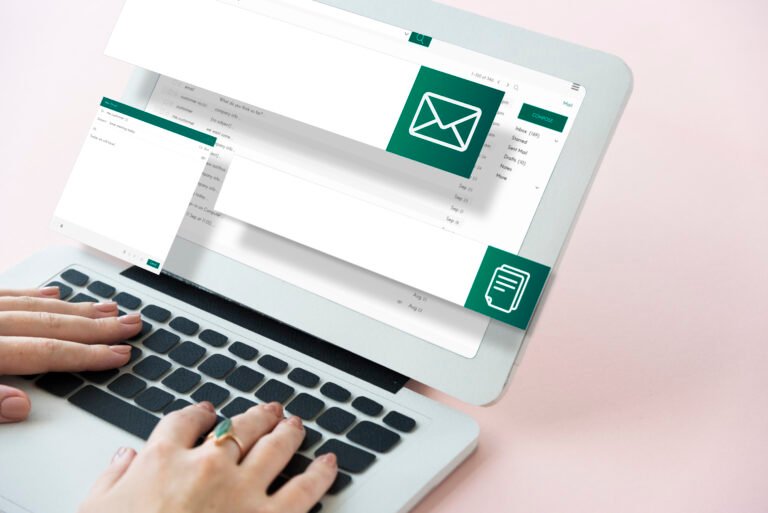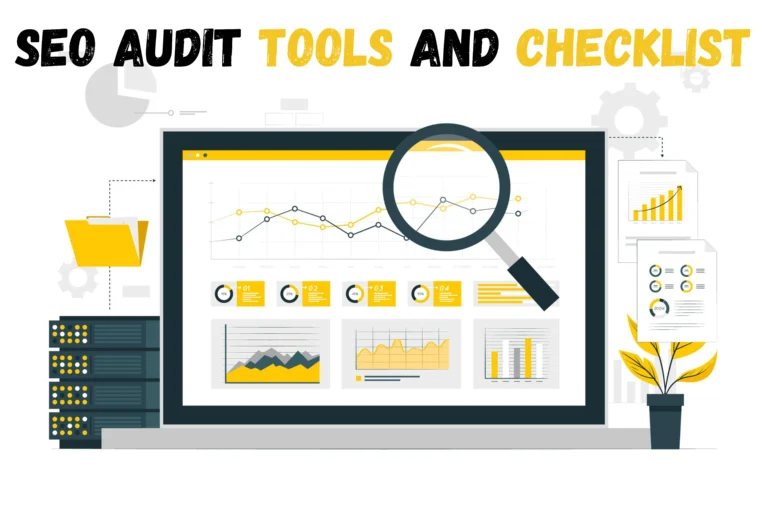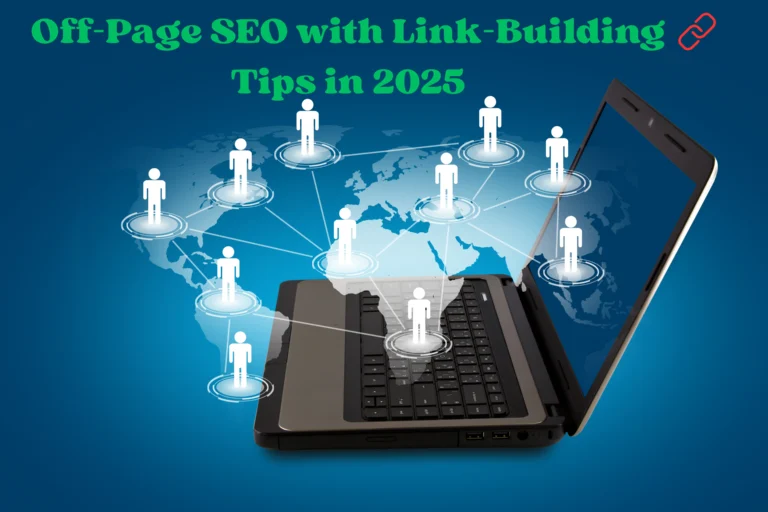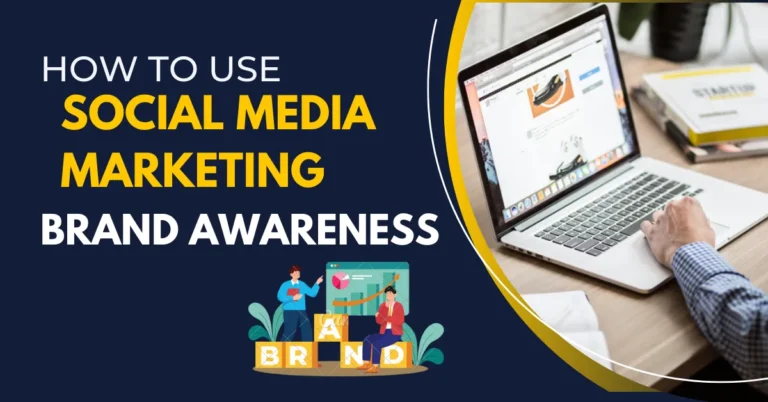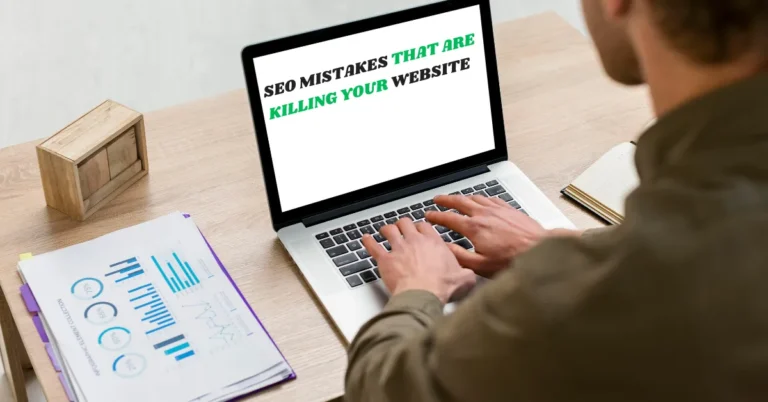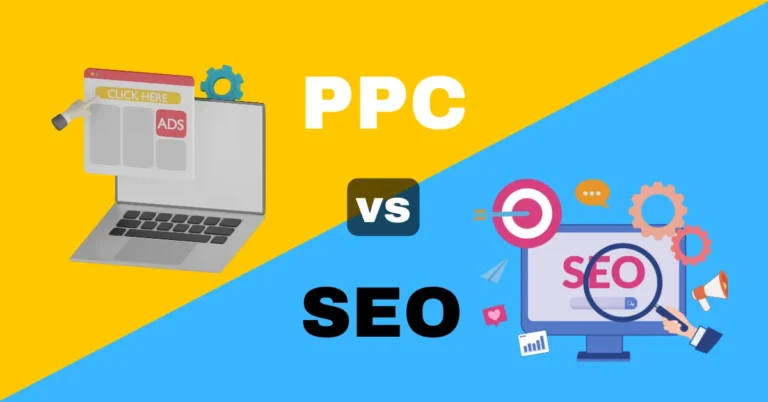Have you ever thought that some businesses easily convert visitors into loyal customers, while others struggle only to be noticed? The mystery is often contained in something called a digital marketing funnel
In simple words, a digital marketing funnel is a step-by-step process that guides potential guests from the moment they first discover your brand to making a purchase, and indeed beyond. Suppose of it like a client trip chart; it starts with mindfulness and ends with fidelity. This channel ensures that you’re not just attracting people but also engaging and converting.
In today’s highly competitive digital world, a funnel is not just helpful—it is necessary. Without a clear funnel, you are essentially leaving money at the table.
Let me share a brief story.
A friend of mine runs a small handwrought jewelry business. She had a beautiful website and lots of people, but her deals were low. Why? Because she didn’t have a marketing channel. There was no e-message list and no intention to turn curious callers into paying guests. Once she created a simple funnel with a lead magnet and follow-up emails.
This guide will run through everything you need to know about the digital marketing funnel—how it works and, most importantly, how you can create your own. We will break down each step, share the examples of real life, and give you action to take so that you can start changing more leads today.
Let’s simplify and simplify the funnel for all once and for all.
What is a digital marketing funnel?
A digital marketing funnel is a strategic model that underlines a customer’s journey from searching for his brand to becoming a loyal promoter. This helps the seller visualize how to attract, attach, and convert the possibilities by guiding them through specific stages.
In simple words, think of it in this way: Your funnel takes someone who has never taken notice of you and takes them through a way to become a loyal customer.
The Funnel Journey:
Stranger → Possibility → Customer → Promoter
Each stage in the funnel is prepared carefully to build trust, provide a price, and drive action. Without this structure, you risk losing a possible lead at every touchpoint.
A simple example:
Imagine your website as a physical store. People walk and look at your signs (awareness). (Interest) some steps and browse. Some questions ask to take a free sample (idea). Finally, do some head and make a purchase (conversion) for the counter. Later, they can return or recommend friends (loyal) to your store.
This is your digital marketing funnel.
📌Why is this important?
Because people do not just buy—they need reasons, trust, and reminders. A funnel helps you meet them where they are on their journey.
In the next part, we will break down each funnel stage with examples from real life, which will help you imagine how it works—and how to build for your own business.
Digital marketing funnel stage (with examples of real life)
Understanding digital marketing funnel stages is important to build a trip that converts casual browsers into loyal brand advocates. Let’s find out each stage, one by one, to help you make your funnel with real-world examples, stories, and actionable tips.
Awareness stage
In this stage, your goal is simple: get noticed. You want to introduce your company to those who have never heard of you before.
This stage is about attracting attention and putting your brand in front of the right audience.
Examples of awareness strategy:
- SEO-optimize Blog Post
- Social Media Advertisement
- Video marketing on platforms like YouTube
- Influencer collaborations
Anecdote: A freelance graphic designer decided to post a quick 15-second design tip on YouTube Shorts. A video of him went viral, receiving 200k+ views a week. Result? 10 new customers are attracted by advertisements without spending the same dollar.
CTA Example:
“Subscribe to our magazine to get weekly business tips!”
Want to learn to create highly converted materials? Look at this content marketing guide from Moz.
Interest Stage
Once people know who you are, the next step is to keep them busy. This is the interest stage, where you educate your audience and help them understand the value given by you.
It is not about selling—it is about creating confidence and starting a relationship.
Examples of interest-stage content:
- Free ebook, PDF guide, or cheat sheet
- Price-pack webinar or video tutorial
- Lead magnets
- Interactive quiz or email challenges
Example:
A SaaS organization presenting an email automation tool created a free 5-day email marketing path. Thousands of possibilities joined their email list to take the route, warming them up for a paid subscription later.
The goal right here? Turn interest into a hobby and curiosity.
Transition to subsequent level: Once the lead knows who you are and starts to consider your insights, they flow into the consideration phase, in which actual choice-making starts to evolve.
Consideration Stage
The Consideration Stage is where the possibilities are evaluated to determine whether your solution is a perfect fit for their needs. They are comparing you to others and doing their homework.
This is your chance to prove your value through deep content and personal experiences.
Examples of Consideration content:
- Comparison chart (e.g., “US vs. contestants”)
- Case Study and Client Tests
- Product Demo and Free Testing
- Email nutrition campaign
Example: An online clothing store noticed that many people added items to their cart but did not complete the sale. He offered Instagram retargeting advertisements with a discount of 10% and with abandoned cart emails, which increased the conversions up to 25%.
Conversion stage
Now the exciting part comes—the conversion stage. This is where all your nutritional efforts pay off, and people are ready to buy.
Here, your job is to remove friction, provide clear value, and give a little nudge that helps the user to say “yes.”
Examples of conversion strategy:
- Highly revised landing page
- Limited-time offerings or private discounts.
- Trust signals, such as buyer reviews and refunds
- Live chat or real-time support
Anecdote:
A digital agency noticed the possibilities but was hesitant to commit to a monthly version. Therefore, he presented a 7-day free test. Within the first month, 30% of the test users upgraded to payment customers. No aggressive sales strategy—just value.
Loyalty and advocacy stage
Many businesses stop here. But smart markets know that the funnel does not end on sale—it continues in loyalty and advocacy.
Here, the goal is to make your customers so happy that they buy again and tell others about you.
Examples of post-sale strategies:
- Referral program (e.g., “invite a friend, get $20”)
- Loyalty award for dual purchase
- Special proposal for customers for a long time
- Ask for Google Reviews
Why it matters:
Keeping existing customers is 5x cheaper than getting new people, and they often spend more over time.
Dive Deeper: Shopify’s Guide to Customer Retention states how retention affects long-term development.
Each stage of the digital marketing funnel plays a unique role in helping your business not just generate leads but build lasting relationships.
How to build your digital marketing funnel
Now that you understand how a digital marketing funnel works, it is time to build your own. Whether you are a single freelancer or a growing e-commerce brand, this section will give you an accurate step plan to build and adapt the funnel that brings results.
Here is a 6-step plan to get you started:
- Define your target audience
Before you make any content, you have to know who you are talking to. Your viewers determine everything from your message to your channel strategy.
Consider these questions:
- What is my product problem?
- Who benefits the most from my proposal?
- Where is my audience online?
Utilize devices such as Google Analytics to understand interests and behaviors.
- Make a map of your buyer’s journey
Your customer travel is not a straight line—it is a series of decisions and touchpoints. Imagine the path from awareness to advocacy.
Specific phase:
- Awareness: Search your brand
- Interest: Learning more about your proposal
- Idea: Compare solutions
- Conversion: Action (buying or taking a membership)
- Dissolve: purchase and repeat referrals.
Knowing where your buyer is in their journey helps you make the right message at the right time.
- Choose your funnel stages
Every funnel looks slightly different depending on your business model.
B2B funnel examples:
- Awareness: SEO Blog content
- Interest: Webinar, Email Nutrition
- Idea: Demo, Comparison Guide
- Conversion: Discovery Call, Pricing Page
B2C funnel examples:
- Awareness: Instagram Reels, Influencer Post
- Interest: Product Reviews, Advertisement, retargeting ads
- Consideration: Customer Tests, FAQ
- Conversion: Promo Off, Limited Time Deal
Choose the steps that fit your customer’s decision-making timeline.
- Create relevant material for each step
To create an ideal digital marketing funnel, you should develop stage-specific content that relates to your people’s needs. In the awareness phase, focus on SEO blog posts and social media content. For the interest phase, offer a price-driven lead magnet such as a free ebook or email course.
As the idea and conversion lead to stages, use:
- Case study and product demo
- Sales page with a limited-time offering
- Email sequence
This tailored material ensures that you are guiding users smoothly from clicks to conversion.
- Set up tracking and automation tools
Once your funnel goes live, use the automation tool to lead and track actions and to be consistent without manual effort.
Recommended tools:
- Mailchimp for email automation
- Hubspot for CRM and full funnel management
- Clickfunnels for the construction of high-performing landing pages
These tools can fragment users, send targeted messages, and help you see where users fall into the funnel.
Tips to customize your funnel for high conversions
Designing a digital marketing funnel is just the beginning—modification is the place where real magic occurs. To maximize conversions, you need to fix each stage of the funnel for speed and user experience.
- Use strong, clear CTAs.
Your CTA should be direct and emotionally motivating. Change “Submit” to “Get my free guide” to make your CTAs conspicuous.
- Mobile optimization is a necessity
More than 60% of people browse on phones. Make sure your funnel pages load rapidly and have large, friendly buttons. A slick mobile experience leads to high bounce rates and omission conversions.
- Reduce friction on landing pages
Keep your landing pages clean, focused, and sharp. Remove the distractions, limit the form field, and guide the user, keeping in mind the same goal. When it comes to conversion, it is lower.
- Privatization with CRM data
Use a CRM tool like HubSpot or ActiveCampaign to create dynamic materials based on user behavior and previous interaction. Personal material increases engagement and confidence, which naturally increases conversion.
- Do not leave retiring
Not every visitor changes for the first time. Use retiring advertisements to bring them back and remind them of the value you have given. Platforms such as Facebook advertisements and Google display networks are perfect for this.
By continuously implementing these tips, your digital marketing funnel will not only generate more leads but it will also convert them into paying customers rapidly and more effectively.
Why Having a Digital Marketing Funnel Matters in 2025 and Beyond
In 2025, customer behavior is changing faster than ever, and such businesses that are not adapted will fall behind. A digital marketing funnel is not just a strategy—this is your roadmap for the creation of a scalable development.
With the rise of AI tools and predictive personalization, brands can now provide hyper-targeted material based on user behavior and interests. Tools (such as ChatGPT, HubSpot AI, and Google Analytics 4) help marketers create statistical campaigns that talk to customers at the right time with the right message.
More importantly, marketing automation lets you run a massive funnel even when sleeping. From email sequences to retiring advertisements, automation ensures that no lead is left behind, freeing you to focus on development.
The future is related to businesses that understand their customers” travel and act on real-time insight. If you are still relying on the old technique or random posting, now is the time to change.
Start building your digital marketing funnel today—because the longer you wait, the greater the possibility you miss.
Conclusion:
By now, you have noticed how powerful and necessary a digital marketing funnel can be to increase your business. By drawing attention to the nutrition of interest, the guide leads to a decision and creates loyalty; it is all about creating a smooth way for your audience.
Remember, you don’t need to design the desired funnel right away. Start small:
- Learn your audience
- Create materials for each step. Uses simple automation tools
- Track the results as you go.
The key is to start now, not later. The longer you wait, the more possible customers you lose every day. Each blog post that you delay, each lead magnet that you leave, and each email you send is a missed opportunity.
Are you ready to take action?
Let us help to create a highly-concluded digital marketing funnel to suit our business goals. Now, contact us and convert your traffic into loyalty-paying customers.
Your funnel is the engine that increases long-term development. Count it—because success is not random, it is strategic.


